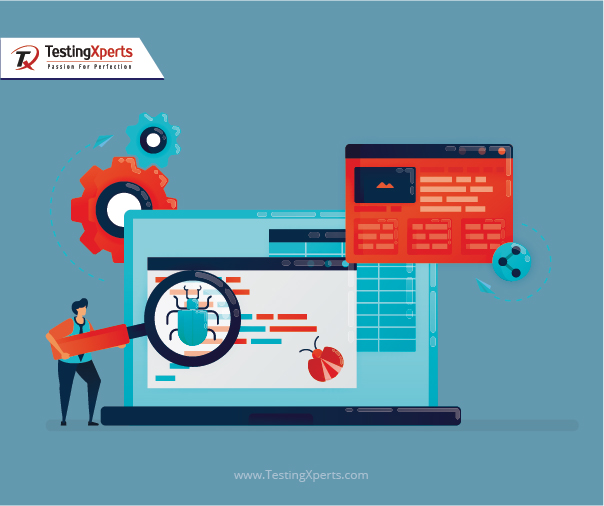What is Selenium? Getting started with Selenium

Selenium Automation Testing has become remarkably popular with testers due to the several benefits it gives. When we speak about automation testing, the very first thing often comes to mind is that our favourite automation testing instrument. But it gained the hearts of several testers and programmers using its simplicity, accessibility, and ease of usage. With its debut in 2004, Selenium created the lifetime of automation trainee simpler and is currently a favourite tool for several automation testers. So, without further delay, let us get to understand what is Selenium testing and how it aids in automation testing. Selenium was devised with the introduction of a fundamental tool called as"JavaScriptTestRunner", by Jason Huggins in ThoughtWorks to check their inner Timing and Expenses program. It has gained recognition among software testers and programmers within an open-source mobile automation testing frame. It has the capacity to automate browsers using






